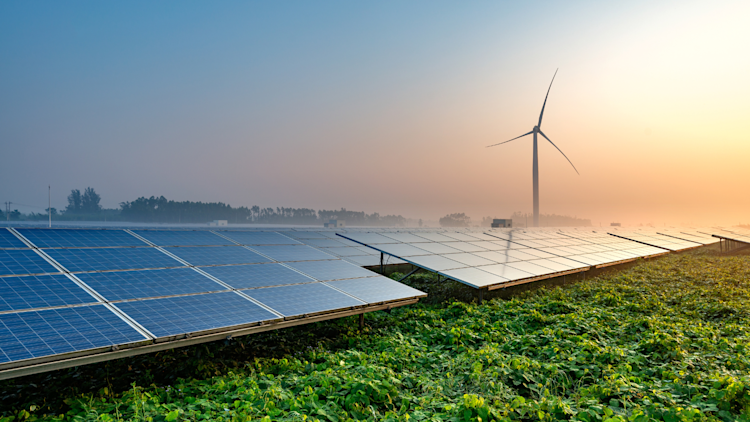How to Reduce Food Waste at Home
Food waste is a pervasive issue, but there are a few easy steps we can take to reduce it at home.
by ecobee on 04/26/2022 in Better Planet
5 min read
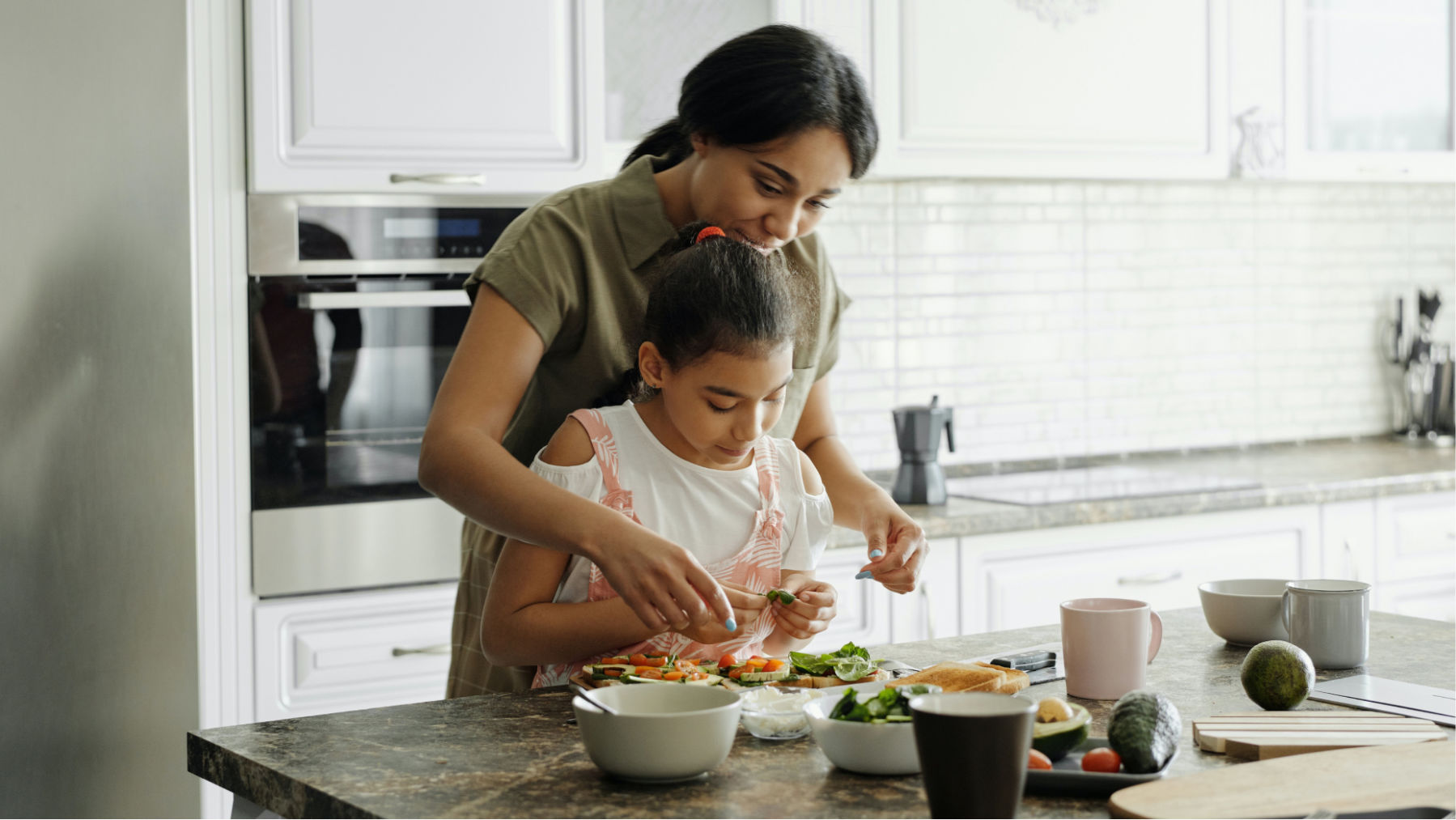
According to the U.S Department of Agriculture, more than 30-40% of all food provided in America is wasted. Food waste is a critical issue, whether it’s the leftover food on our plates or those veggies that go bad in our fridge. It silently contributes to the climate crisis as wasted food in landfills emits methane.
More food waste also means wasted money. CBC has reported that the average Canadian household spends $1,766 on wasted food per year, or the equivalent of 118 meals.
And it's just getting worse with rising grocery bills due to inflation and supply constraints. In Toronto, families should expect their average grocery bill to increase by $1,000 in 2022.
Reducing food waste can help you reduce both your grocery bill and your environmental impact. Here are a few ways we can all reduce it at home.
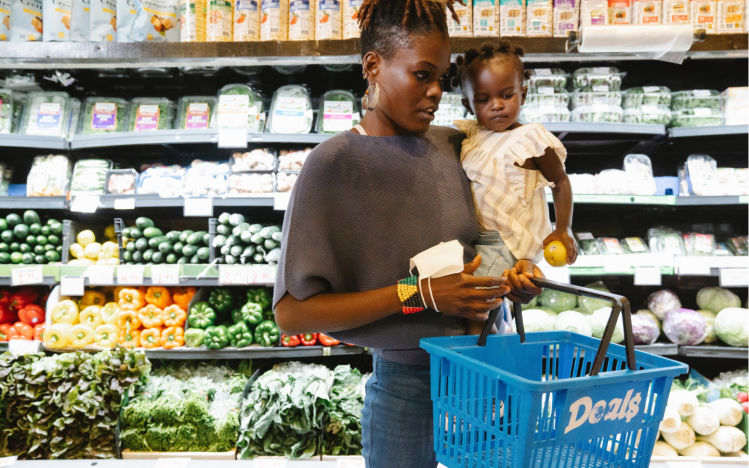
1) Be a smart shopper.
Reducing food waste at home can be as simple as planning ahead. Instead of showing up to the grocery store without a grocery list, take five minutes to do a quick inventory check. Jot down anything you need to buy and be sure only to buy things you will use that week. You can plan meals for the week ahead and purchase only the ingredients you’re going to use to reduce the risk of waste at this stage dramatically. Even better, choose multiple meals that use similar ingredients so that you’re using all of the produce you buy instead of wasting half of that cilantro bunch or celery stalk.
One of the best ways to reduce food waste is to check expiry dates. When making your grocery list, make sure you're thinking about when your food will spoil and when you plan to eat it so that you aren't overbuying.
When you’re at the grocery store, consider the "ugly" food. According to Forbes, grocery stores usually turn imperfect produce away, making up to 40% of fruit and vegetable food waste. If you keep your eye out for these items, you'll advocate for their right on the shelf and help motivate stores to keep them in the aisles. Some stores even offer “ugly” produce at lower prices so your dollar can go further.
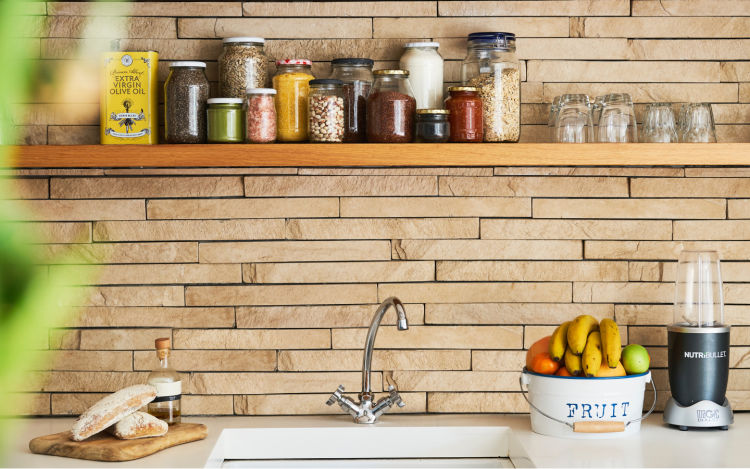
2) Optimize your food storage.
Storing your groceries the right way after getting home from the grocery store is critical to the shelf-life of your food. When walking through your door, the first thing you should do is put your perishable food in the fridge or freezer.
You may be wondering: “which products should go where?” According to ecohome, the top shelf of your fridge is prime real estate for leftovers, drinks, “eat me next” foods, berries and herbs. Your dairy products should live on the middle shelves, including milk and eggs. A common misconception is that butter and eggs should be stored inside the door, but that is actually the warmest part of the fridge and will spoil these items faster. The coldest section of the fridge is the bottom shelf, where your raw meat, poultry, and seafood should be, as they require the coolest temperate.
It’s best practice to use the first-in-first-out rule when stocking your pantry. By rotating products so that the newest are at the back, you’ll ensure that you’re maximizing the life of your pantry and not letting anything go bad.
To truly optimize your food storage, you need to consider a gas called ethylene, released by some foods. UnlockFood.ca reported that ethylene speeds up the ripening process of nearby foods.
Foods that significantly emit ethylene:
- Apples
- Apricots
- Avocados
- Bananas
- Figs
- Kiwis
- Pears
- Peaches
- Tomatoes
Foods that are sensitive to ethylene:
- Broccoli
- Brussel sprouts
- Carrots
- Cucumbers
- Lettuce
- Peas
- Spinach
In other words, don’t store these foods together unless you’re hoping to ripen them faster.
Outside of the fridge, many non-perishable items are best stored at room temperature. Your ecobee smart thermostat paired with SmartSensor, which regulates the temperature of important rooms, like the kitchen, helps regulate the temperature in your home to keep it at that perfect “room temperature.”
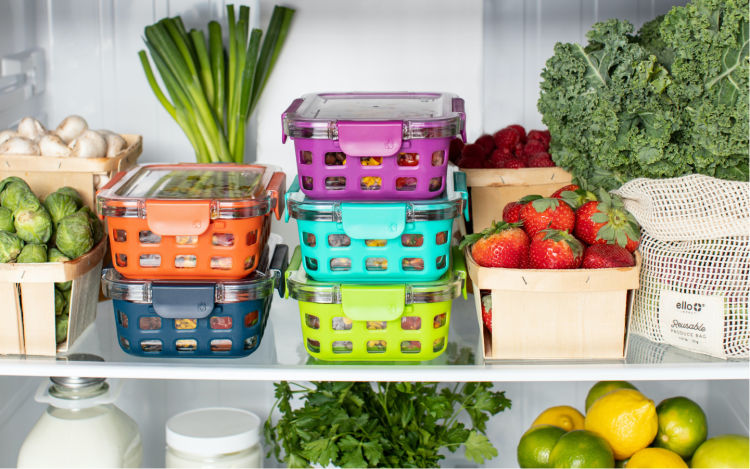
3) Use up your ingredients.
Now that your groceries have been stored correctly and efficiently, cooking is the final stage where food is at risk of waste. An easy way to make your food go a long way is to learn highly adaptable recipes: below is a helpful list from Zero-Waste Chef on how to use ingredients that are commonly wasted:
- Vegetables: make a soup, roast them, preserve through fermentation, simply freeze, make pesto.
- Fruit: make jam, cook it down, bake a pie, ferment it, freeze it.
- Dairy: bake something, cook something, make soft cheese, or freeze it.
- Eggs: cook hardboiled eggs that last longer, or simply freeze them (but crack and whisk first).
- Bread: make croutons, breadcrumbs, stuffing, French toast, or use as soup filler.
If you’re looking for a creative cooking hack, you can freeze your herbs in an ice tray with olive oil to create frozen herb cubes. Simply drop them into your meals for more flavor.
4) Be a good neighbor.
If you’re looking to reduce food waste and help your neighbours, community fridges are a great resource. From frozen food to produce, jars and cans, a wide variety of food is accepted at community fridges for anyone in need. If you know that you’re not going to cook or eat some of the food you have purchased, consider dropping them off at the closest fridge as soon as you can, so someone else can enjoy it. A Google search will help you locate the nearest one and what they’re looking for. Alternatively, you could post food that you won't use on your local Buy Nothing group for a neighbour to pick up.
If left unchecked, food waste will continue to damage our environment and contribute to the climate crisis. If we all work to implement the tips above, these small steps will go a long way as we change our grocery and cooking habits. For more information on sustainable lifestyle practices, check out our posts on taking care of your plants or making your home more eco-friendly.
Did you enjoy this article?
Thanks for letting us know!

